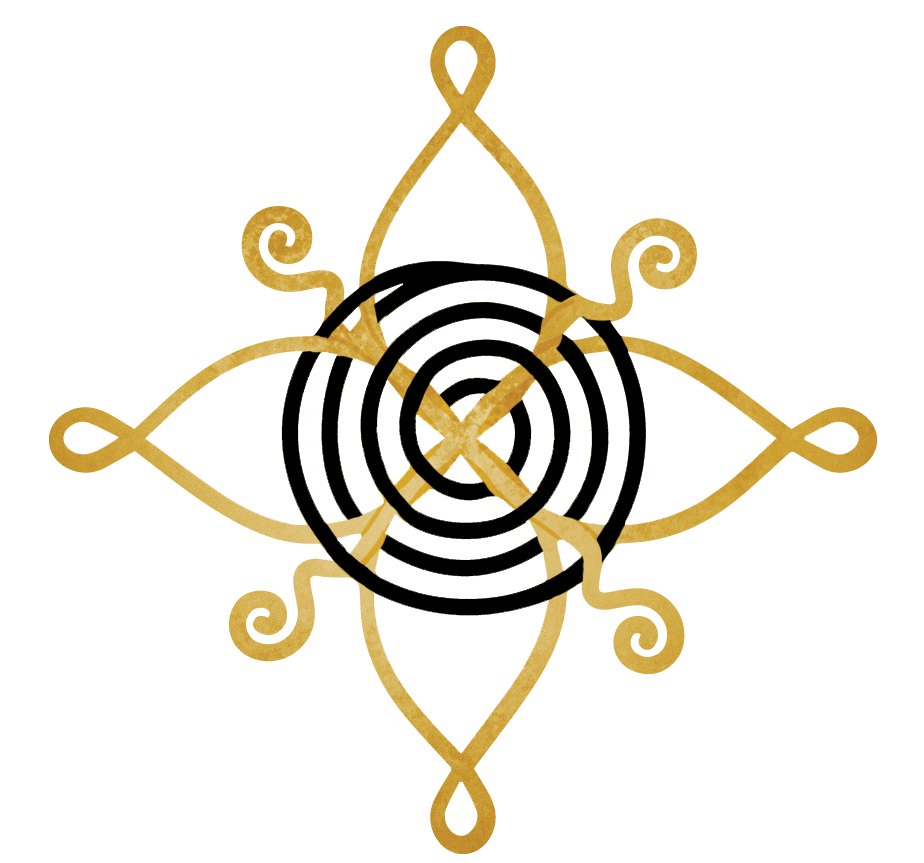"Goodbye, My Dear." That's what Sarah Matthews would always say when we bid farewell, whether it was in person, over the phone, or Skype.
Every second of every day, people are born and buried. So it seems trite to over-aggrandize the death of one particular person. At least, that's what Sarah might have said about her own death...because she never made a big deal about herself. She made herself small, because she had this huge idea of who she wanted to become.
If she were given a few more years, I know she would've grown into that ideal or, at least, something close to her satisfaction. She would have been able to look in the mirror and finally love herself completely. Deep down, I think she knew how smart, artistic, warm, generous, and beautiful she was. But like most of us, she had her demons. And she hid them from the world.
Sometimes she'd feel safe enough around me to be vulnerable. To release some of the pain by opening up. Those are moments I'll cherish until my own heart gives out.
Sarah was the kind of girl who would've talked circles around Jacques Derrida and Roland Barthes (both of whom she adored). When I first met her at Barnard, I thought she was one of the coolest people I'd ever met. She still is.
With dyed black hair, gorgeous tattoos, and a silver hoop pierced right through the center of her bottom lip, she looked like a badass Angelina Jolie. She changed her look over the years, but she never stopped loving hardcore punk and black metal. Up until a few months ago, she even tried to get me to go to shows at St. Vitus.
Sarah left Barnard for a bit so she could learn how to heal people as an EMT. When she came back she thought about majoring in Biology. She truly was the kind of person who excelled at anything she set her mind to. The bureaucracy of undergrad wasn't really suited for her. She was in and out of school a lot. Even so, she eventually got her Bachelors in Architecture.
Only a few months ago, she was finally getting out of school and moving back to Brooklyn. Leaving her roach-infested studio on the Upper West Side, she was excited to start a new chapter in her life. And then, silence. Silence that I simply mistook as her being busy.
Acute Pancreatitis was the culprit. It came on suddenly. There are only two causes: gallstones and heavy alcohol consumption. She had no gallstones. Like I said, she hid her demons. She made sure they were mute to all except herself. Bearing the brunt of that pain alone is something I hope no one will ever do again.
There was a chance to save her. It required a quadruple amputation. When she was finally well enough for surgery, she made the decision to do it. She was about to accept life as a quadruple amputee and STILL pursue architecture. Who amongst us is brave enough to do that? Yet, despite all her determination, the pancreas did further damage. Poor nutrition and an auto-immune disorder certainly didn't help. Infection, pneumonia, and more complexities I won't get into.
Acute Pancreatitis is a terrible disease, but Silence is worse. I wish more people had gotten to know Sarah. I also wish for anyone hiding their pain to come out a little. You don't have to suffer alone, because revealing it can mean your own survival.
And if by some chance you're feeling all right, check in on a friend. The one who has been silent for a while.
I love you, Sarah.
Goodbye, My Dear.






